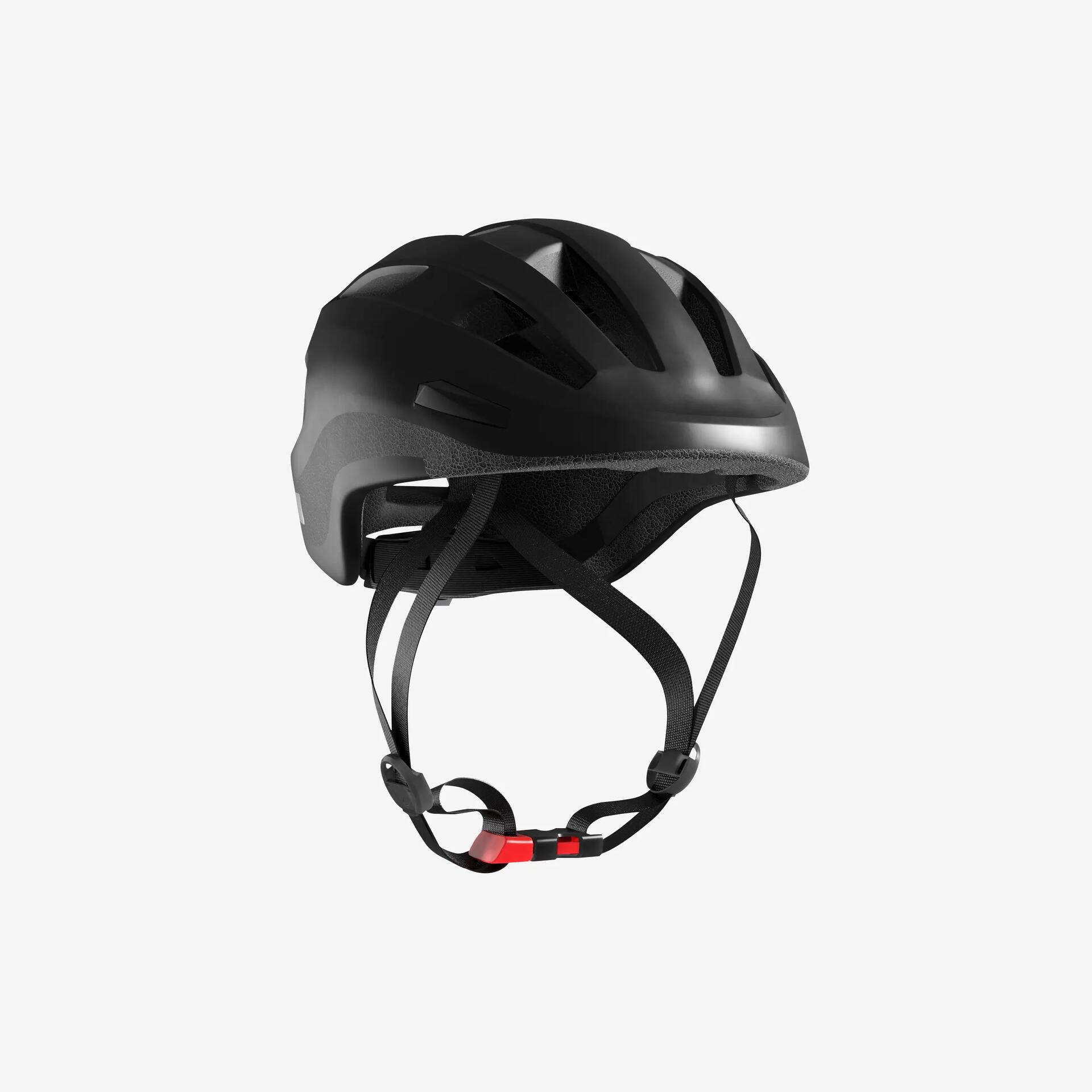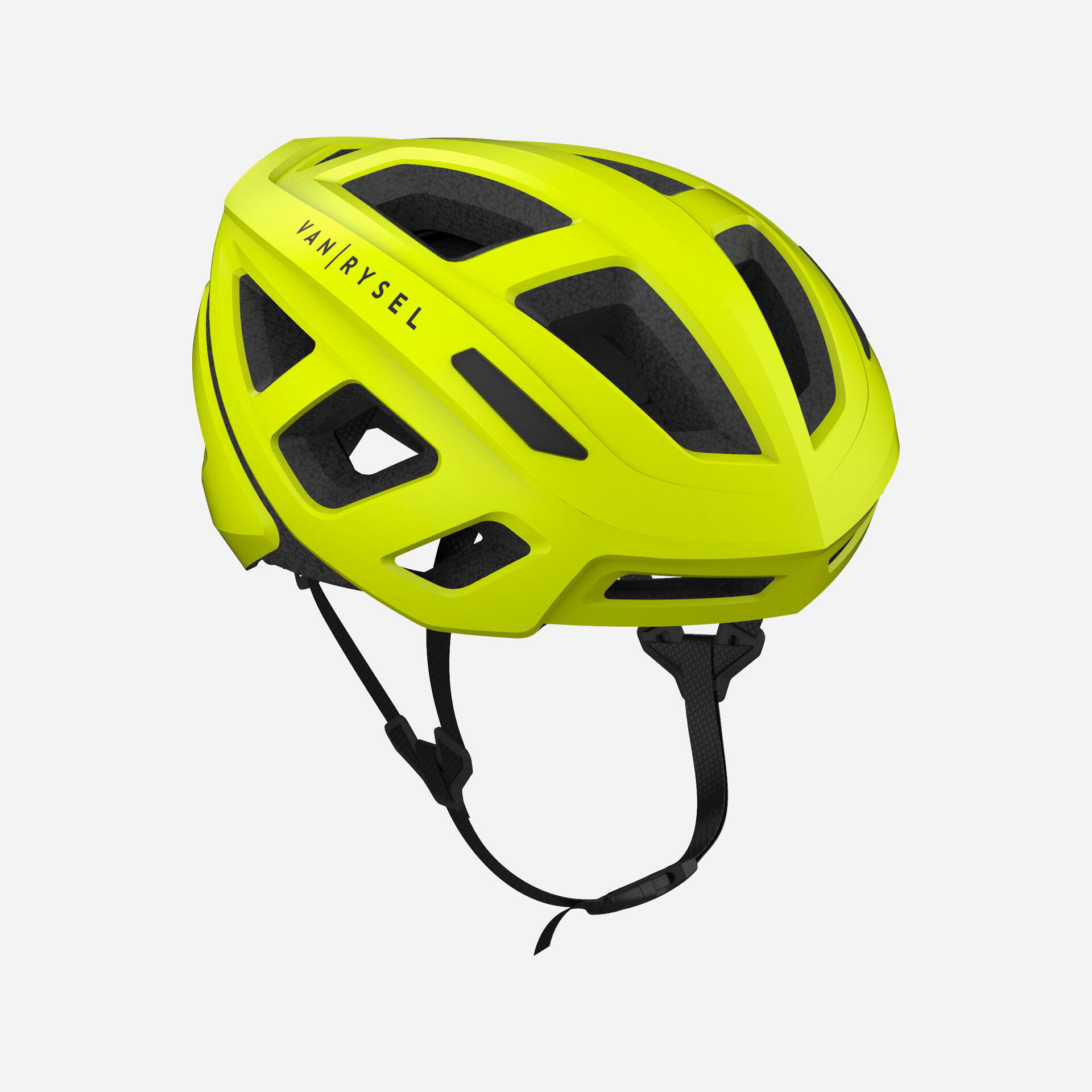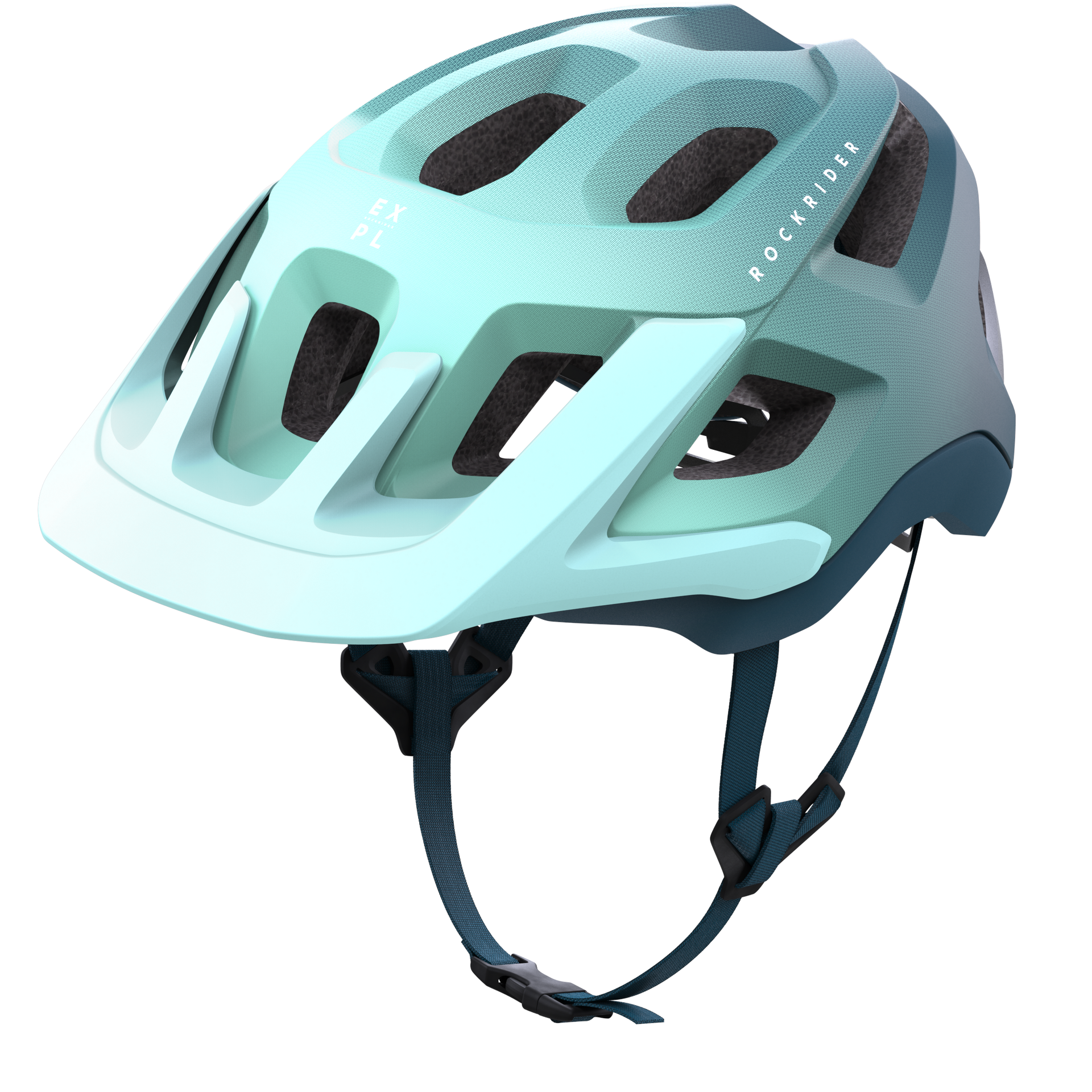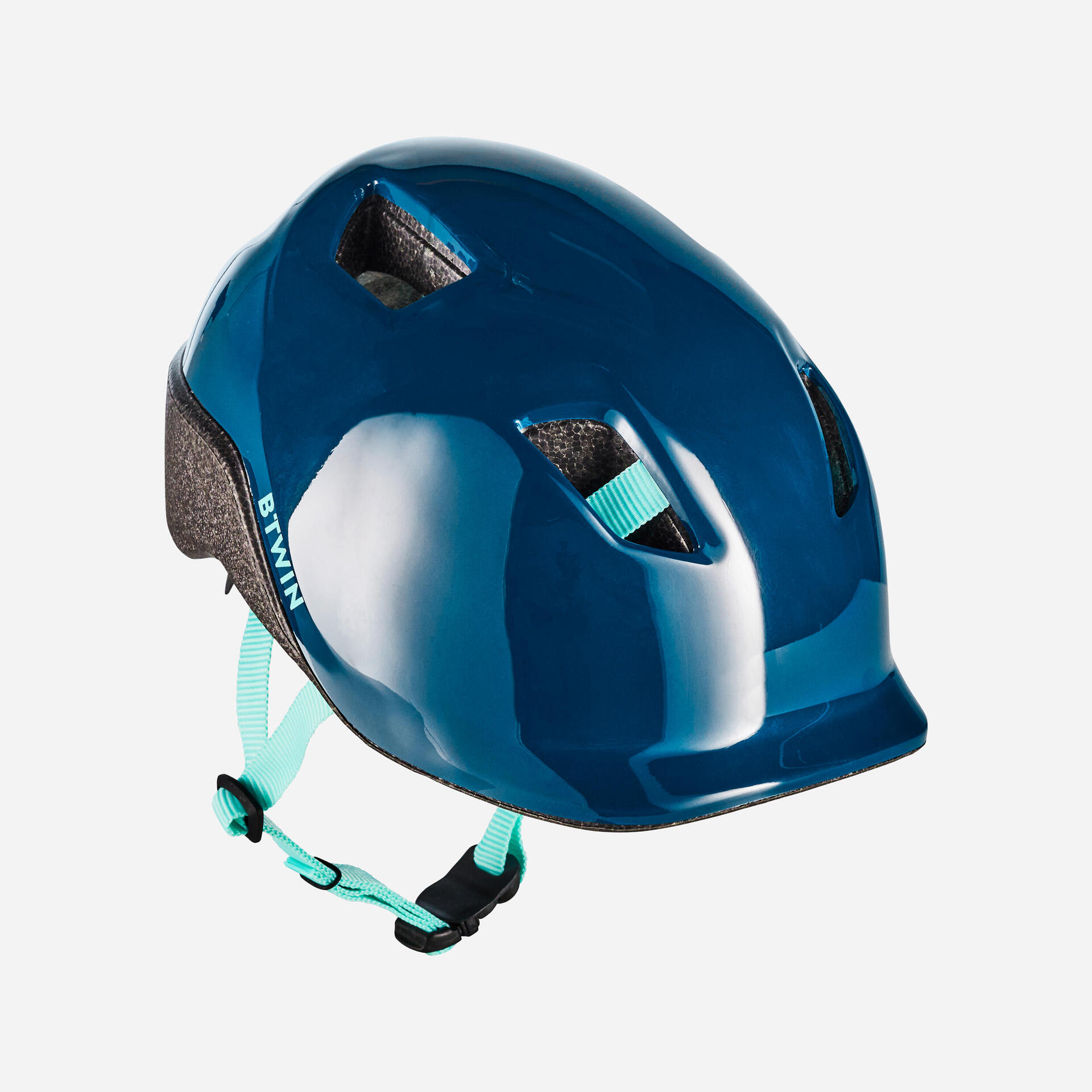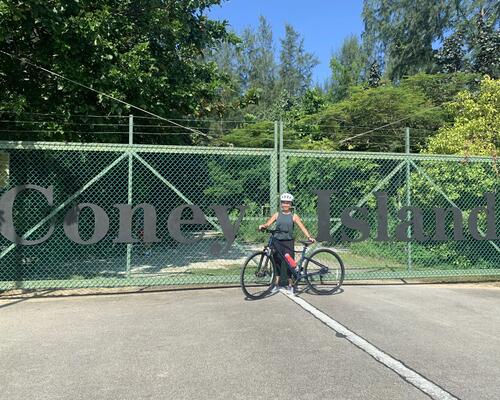Usage
There are different kinds of helmets depending on the kind of cycling you do: city, countryside, all terrain or road.
Each discipline has its own kind of helmet, but all helmets comply with the same safety requirements to guarantee the same level of protection.
Swipe left to discover the different types of helmets you will need for the bike you own!


